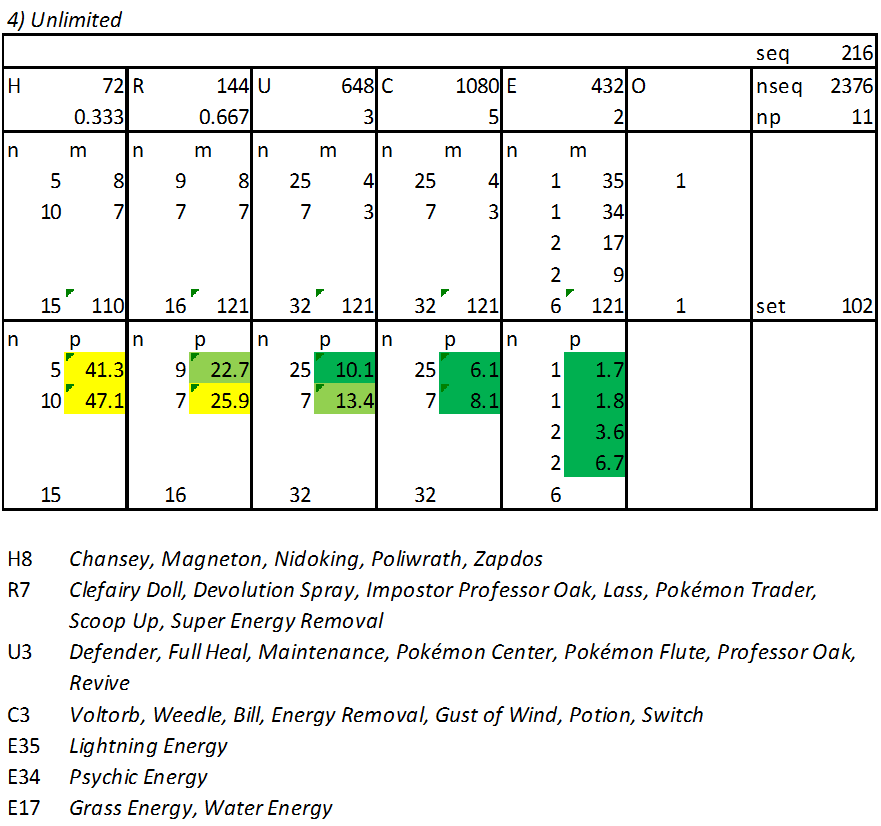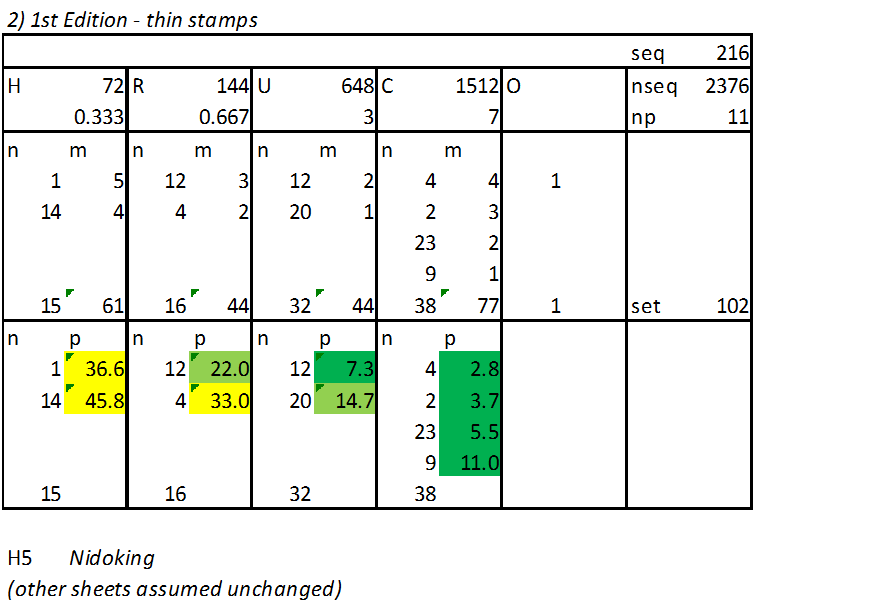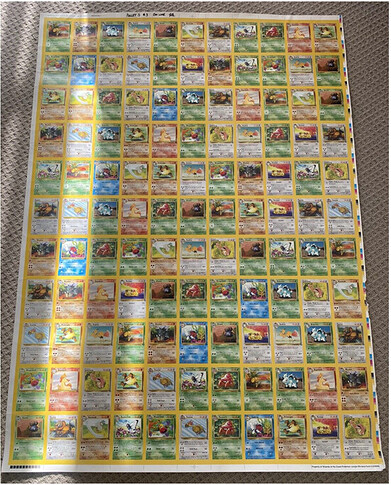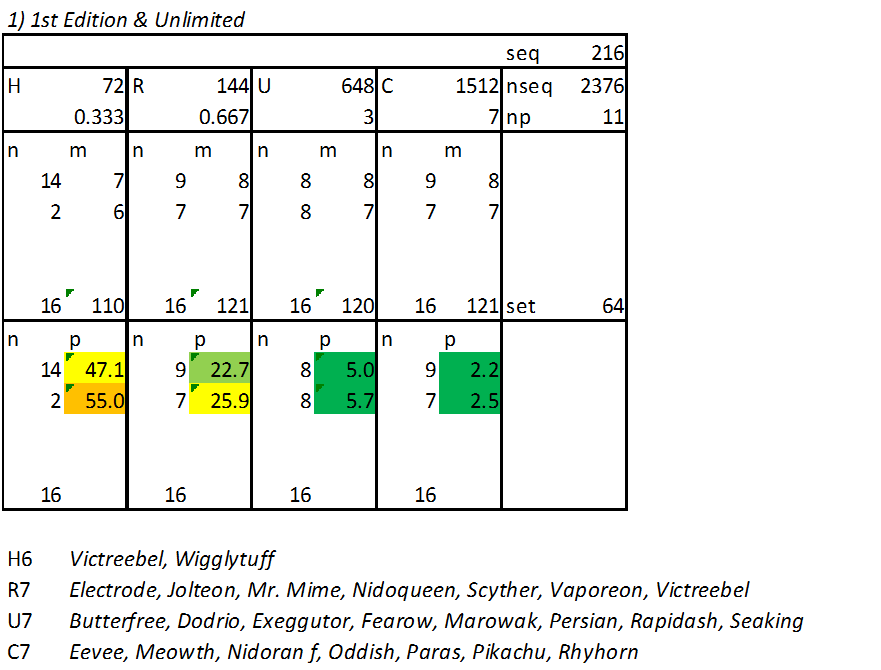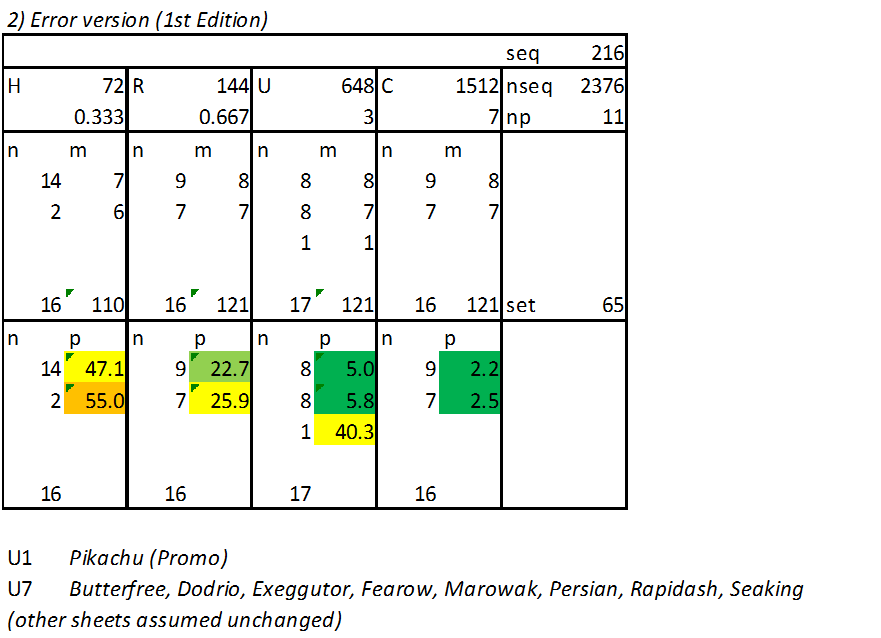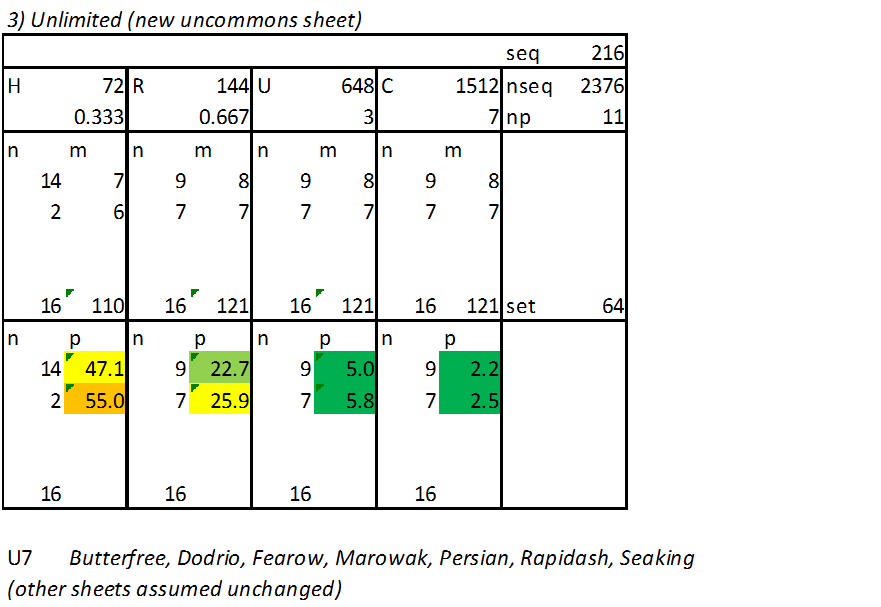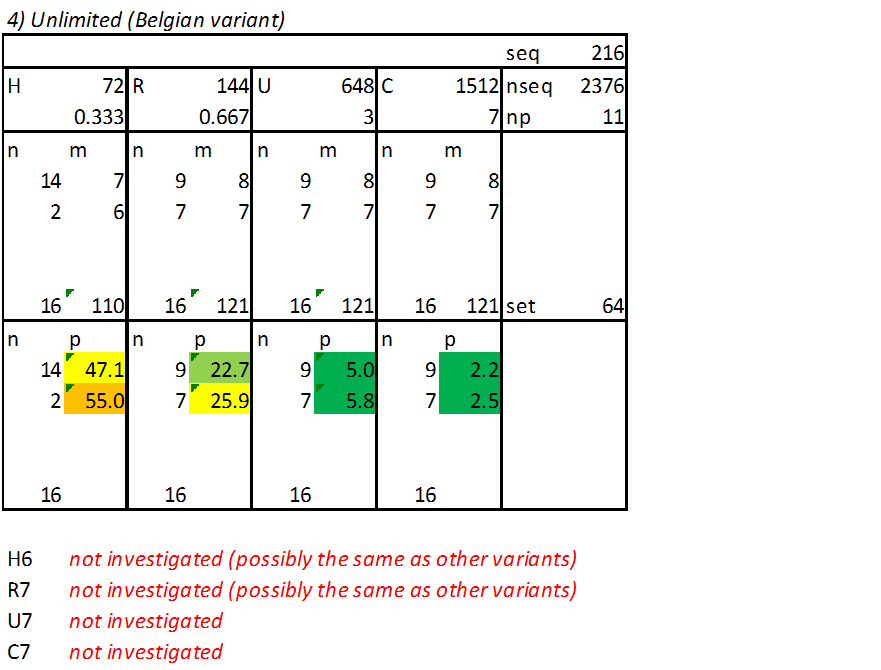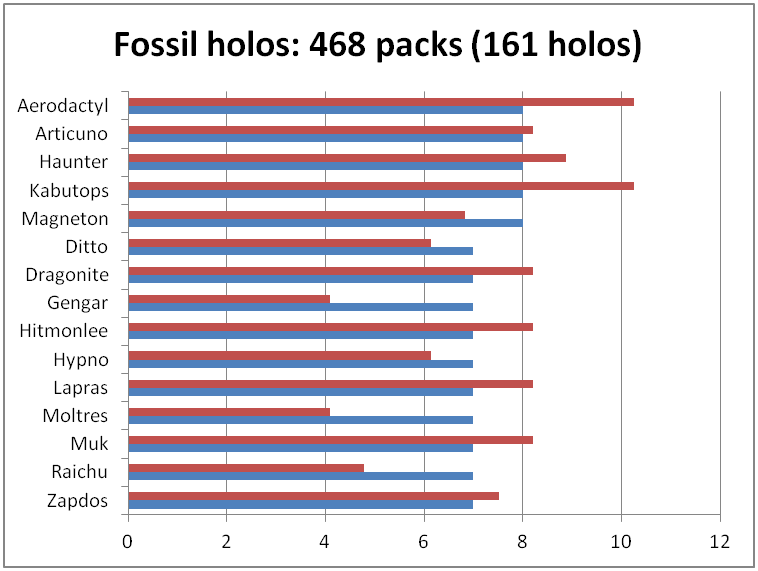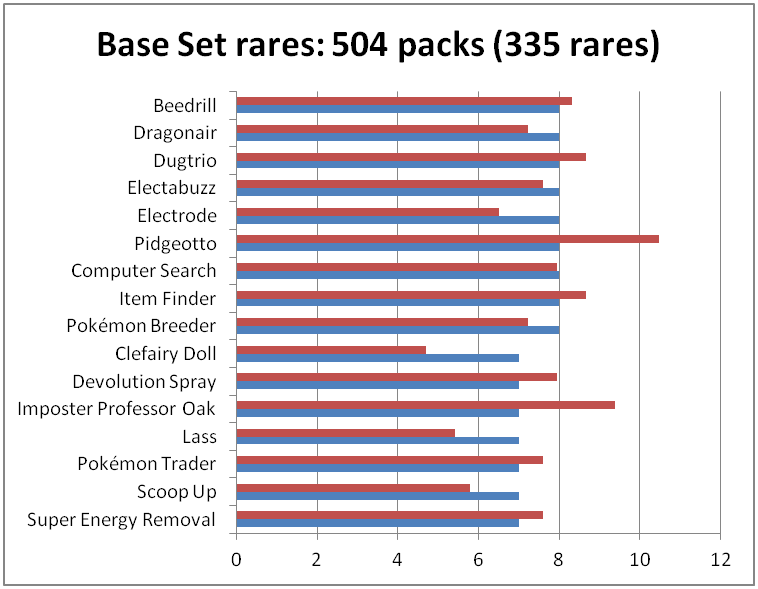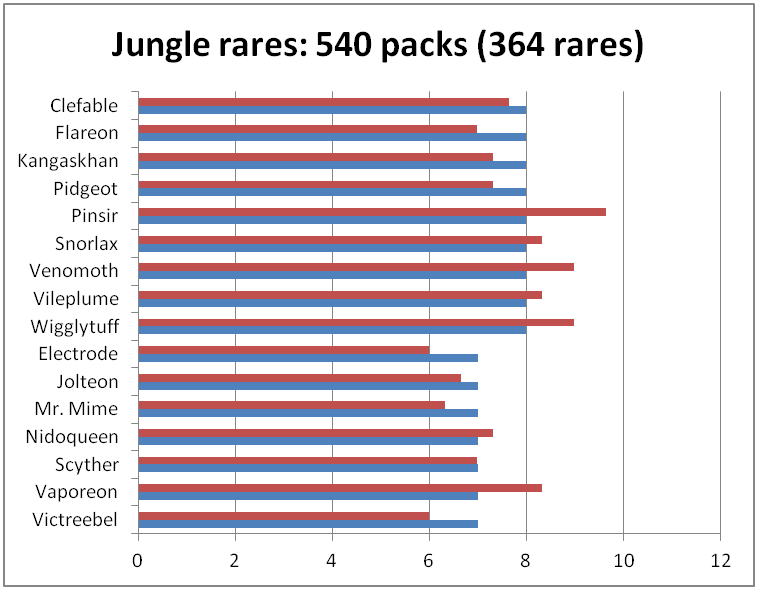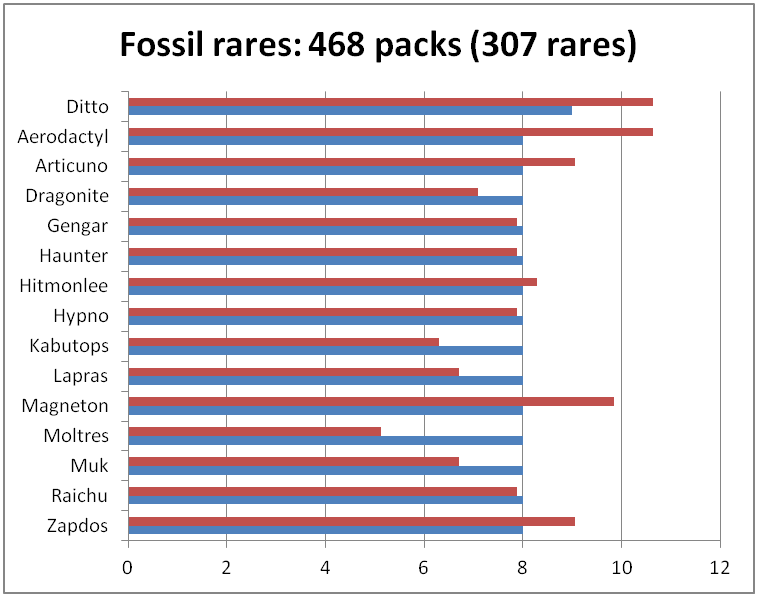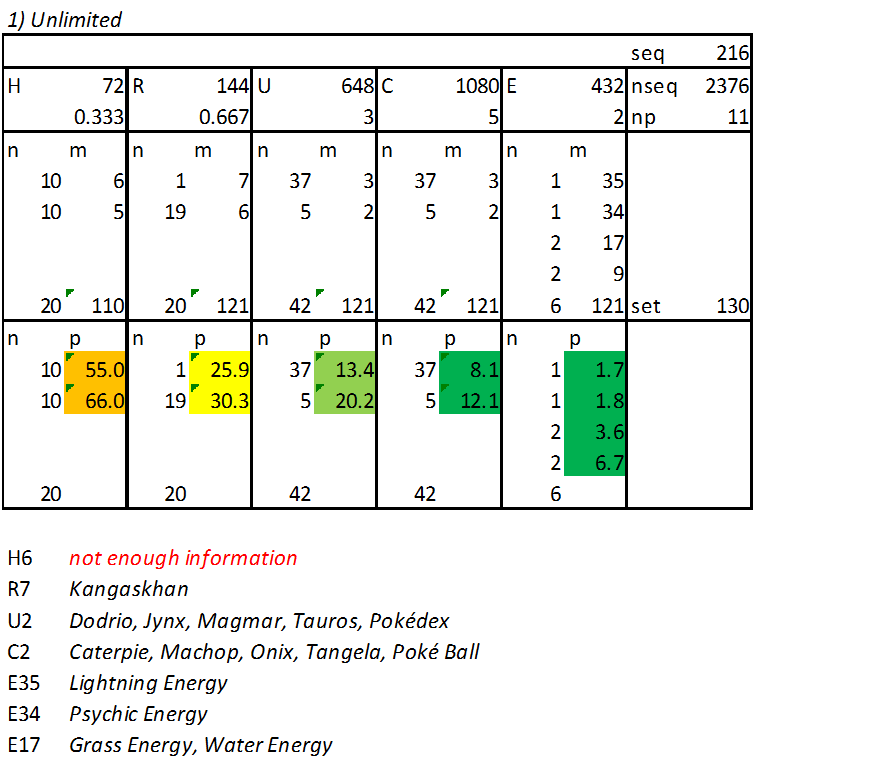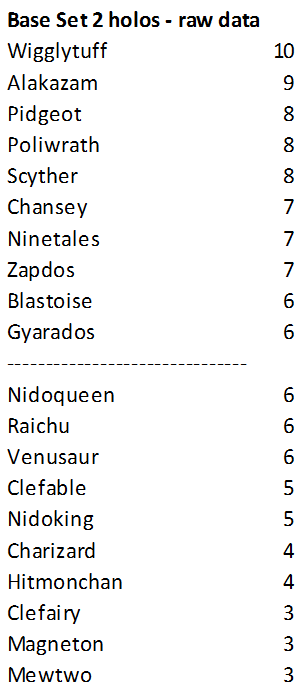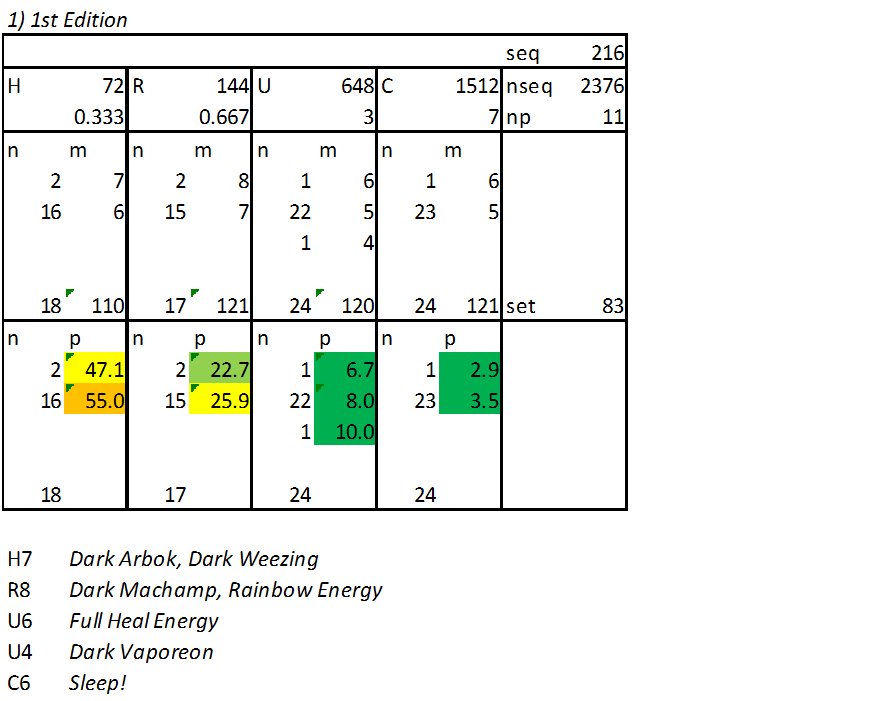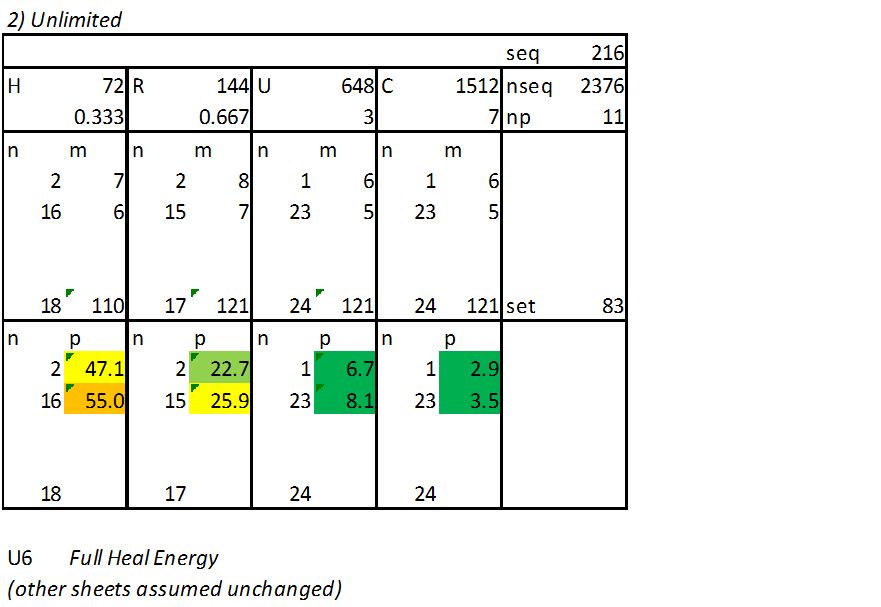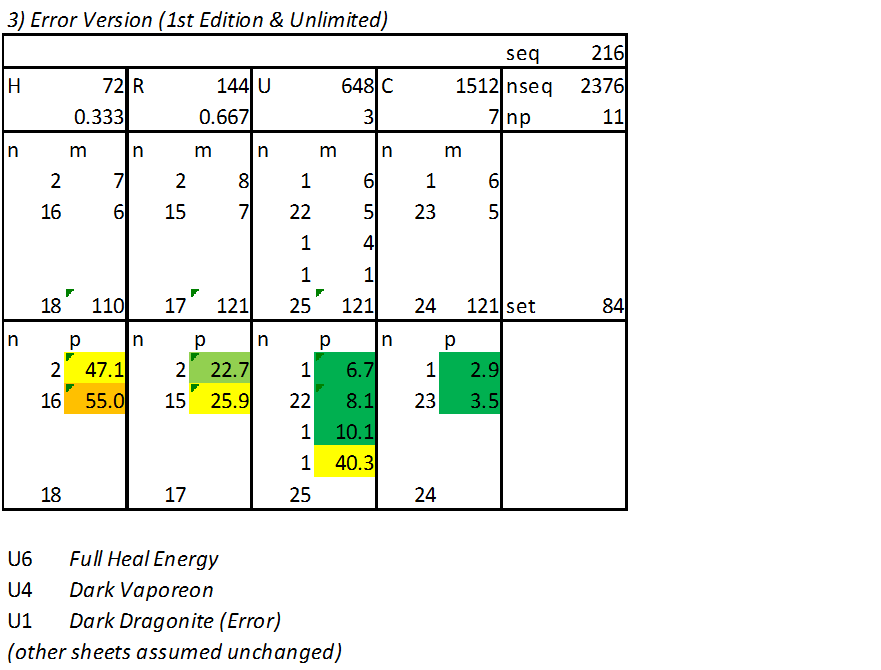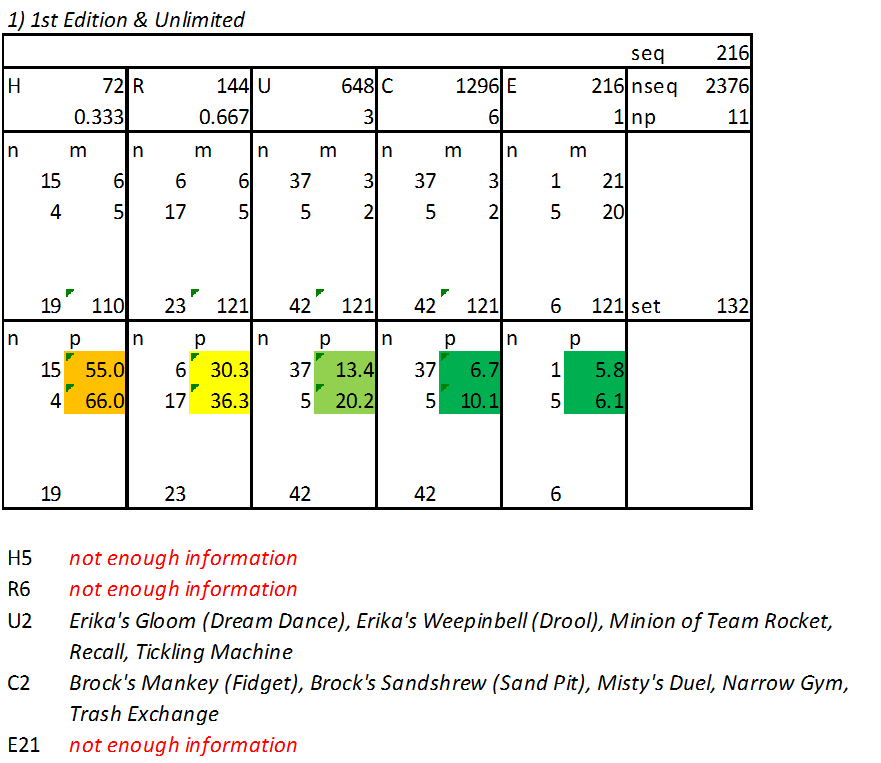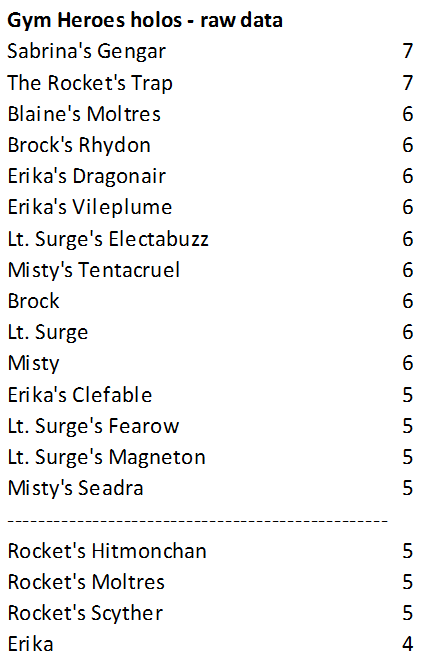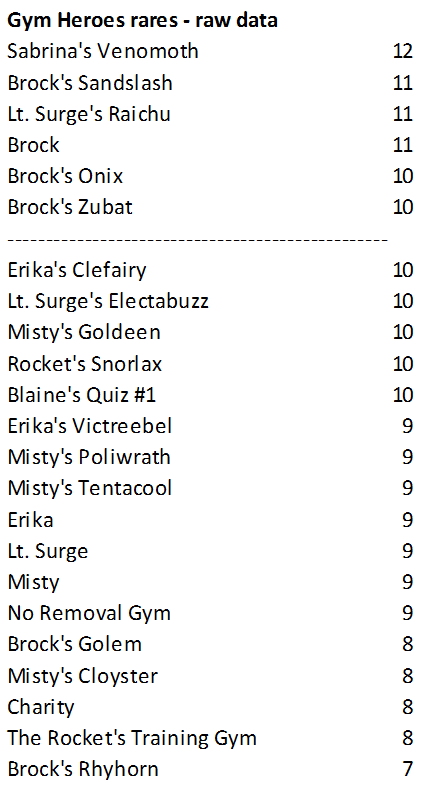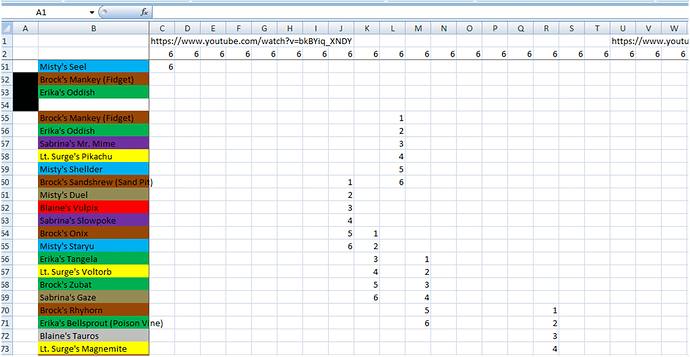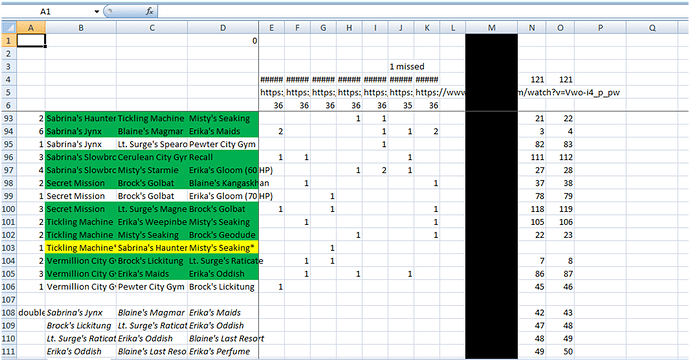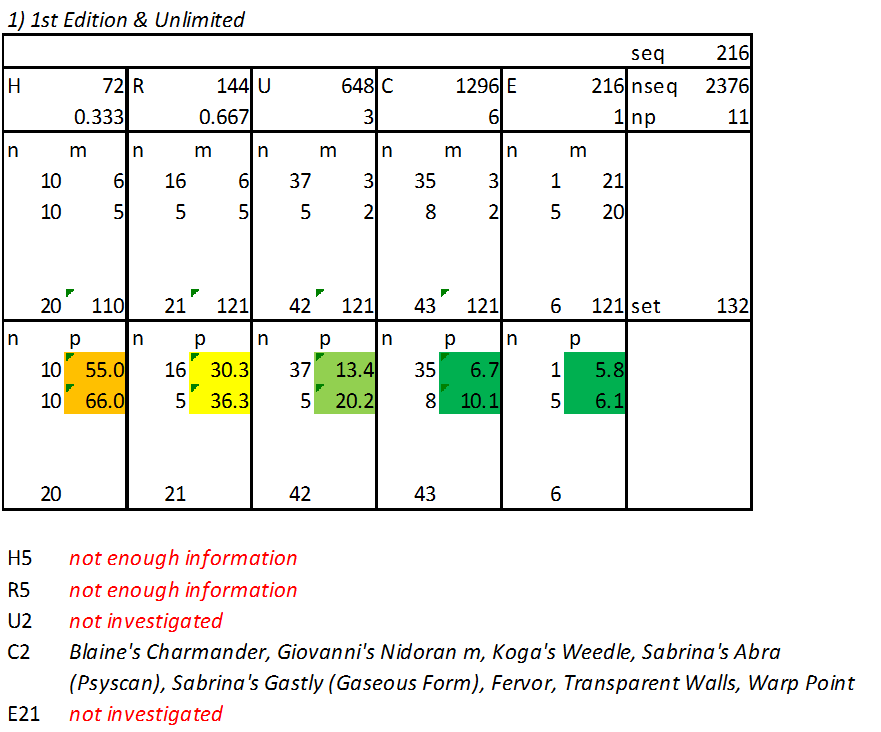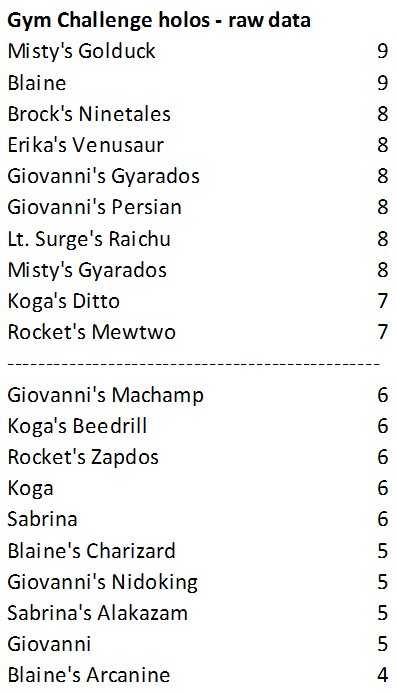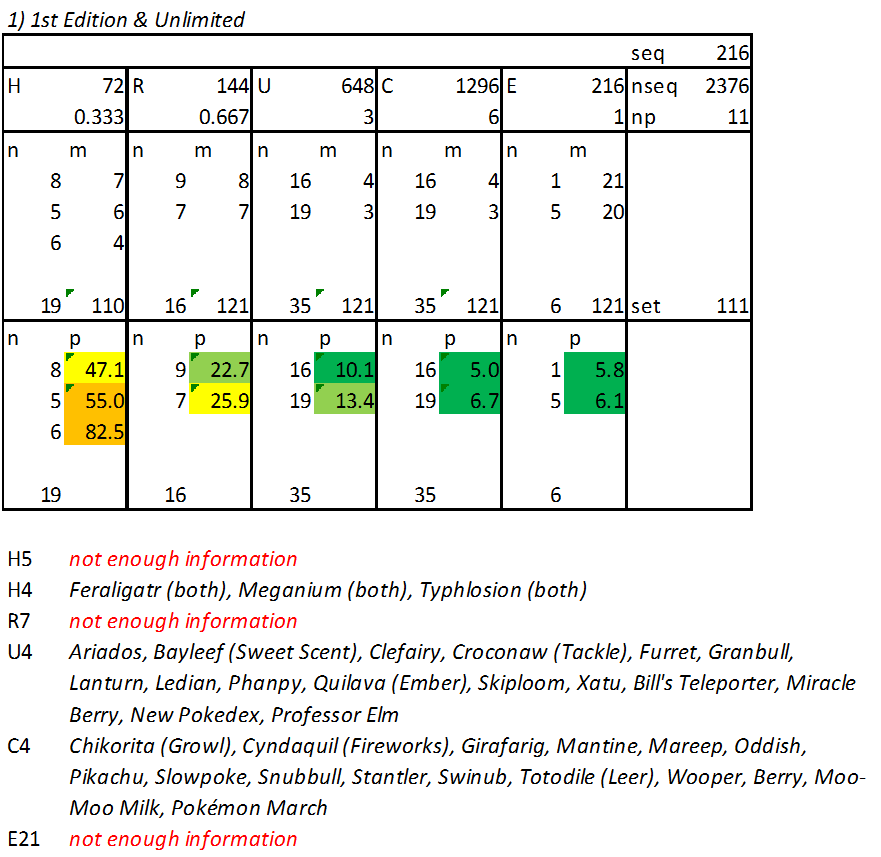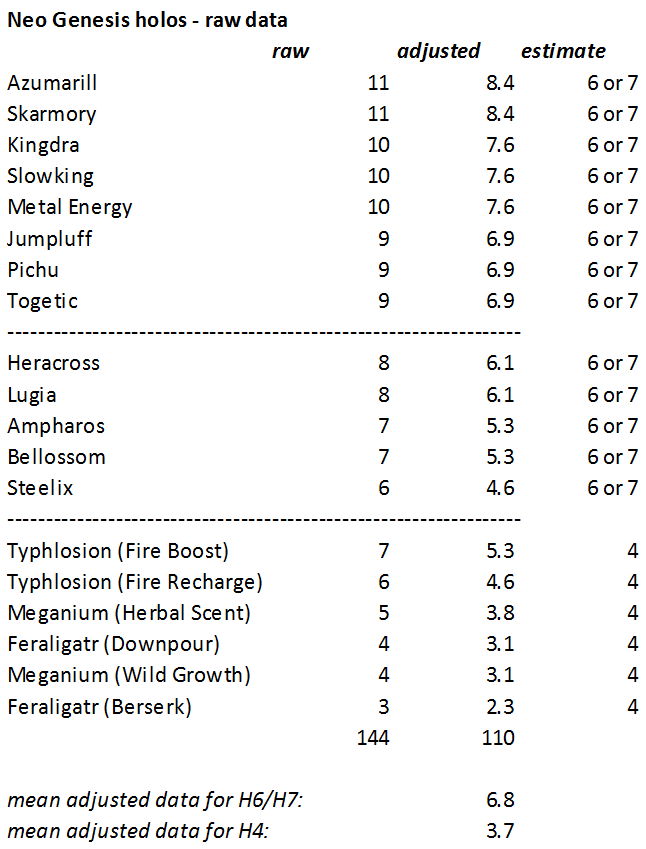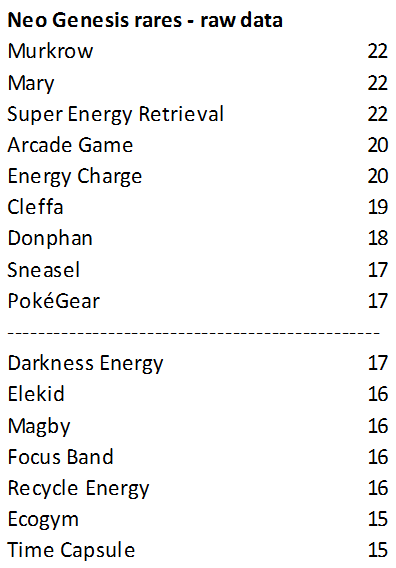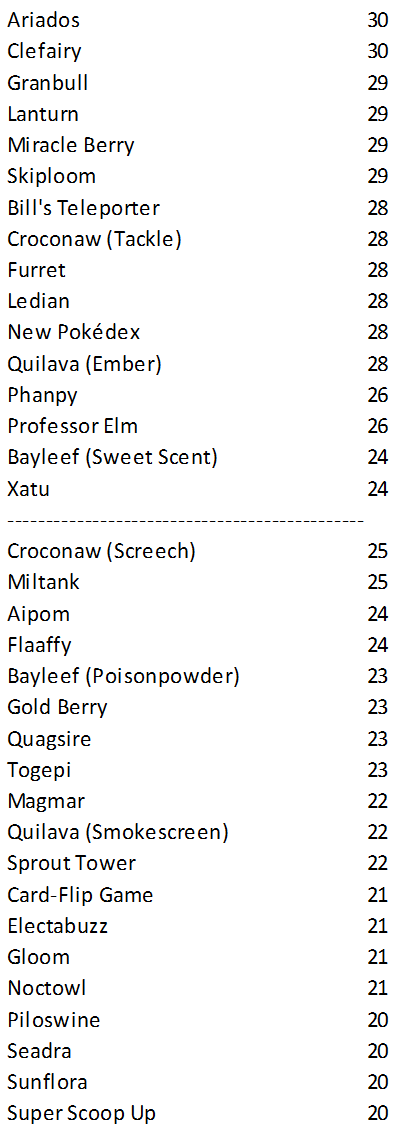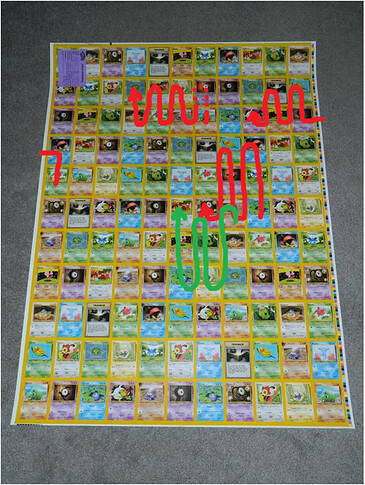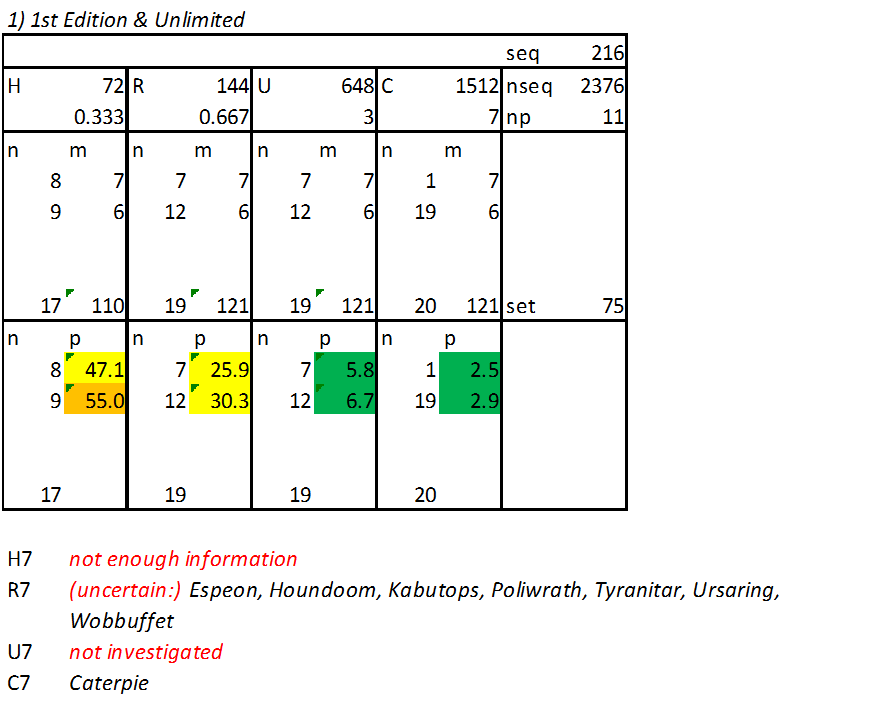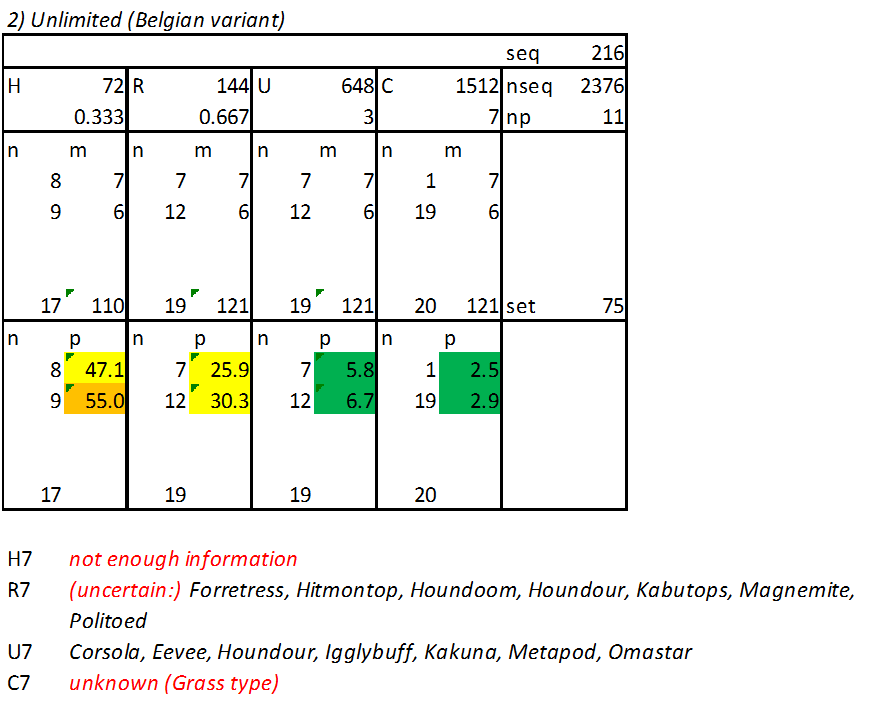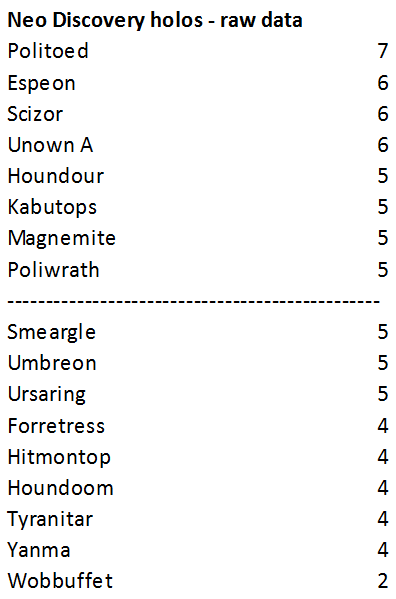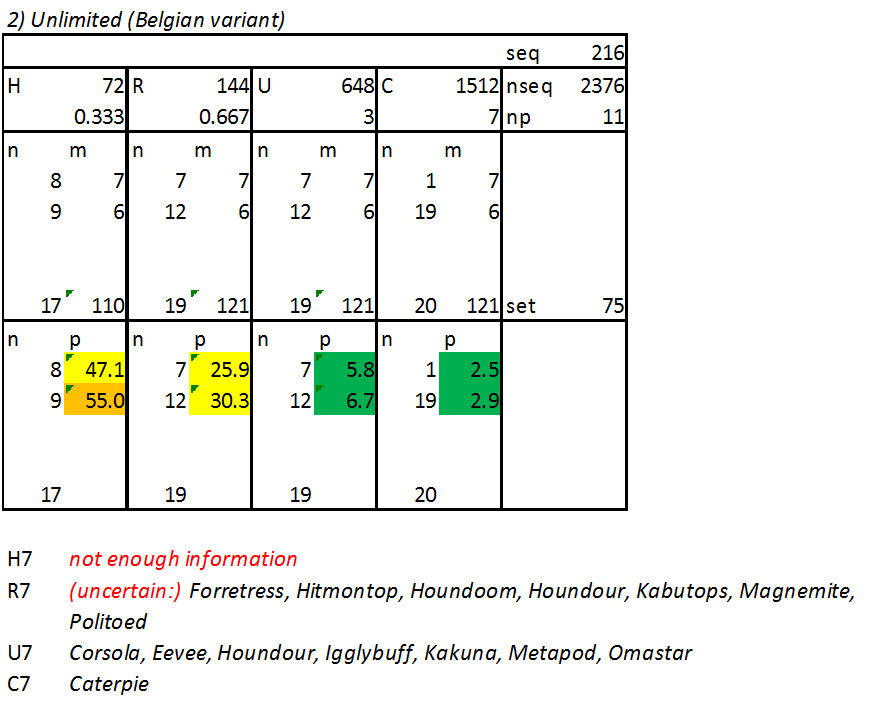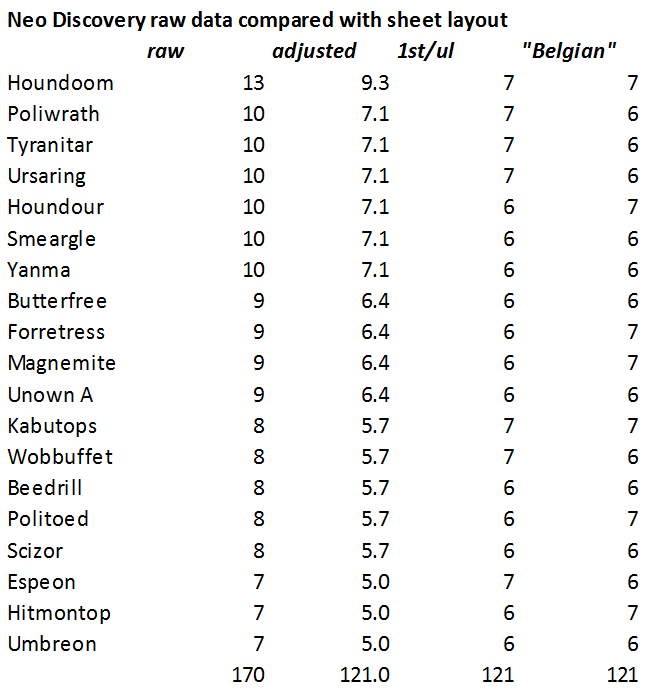Introduction
The purpose of this guide is to compile all the known data on English set card rarities. It is a project I have been working on for quite a while. The objective is to provide the best possible estimates for card rarities for all English sets that were released with randomized booster packs. There are plenty of resources on this topic around, but none which both span the whole history of the TCG and employ a consistent methodology. I plan to go through all the sets here one by one, and hope the information will both prove useful and generate feedback in order to improve the data. The ultimate output will be a table for each set which assigns to each card a “best-estimate” rarity.
When modelling something like this, there are two ways to go about it: You can either use brute force, collecting a large enough statistical sample to build a model, or you can try and figure out the underlying mechanism. I chose to do both, using the following main sources of information:
- Youtube videos of booster box openings. Watching a large number of videos and noting down the “hits” or rare cards in general is a good way to figure out approximate rarities - mainly for categories of cards, but with enough data you can infer some information about individual card rarities, though it is not always easy to tell if the information is statistically relevant or not.
- Uncut sheets. Photos of uncut sheets, which are quite abundant for the WOTC era but rare for sets released by Nintendo/TPCI, give exact information on rarities of individual cards. Knowledge about the layout of one sheet can help making assumptions about how another sheet of which no image exists may have looked.
- Miscuts. By these, I mean cards that are so miscut that parts of two cards are visible on the same card. If the two cards are of nominally “different” rarity (e.g. a “regular” Pokémon VMAX and an alt art Pokémon V, or a Gold Star and a rare holo), these two rarities can be inferred to have been printed on the same sheet, at least for the specific set.
It is also possible to reconstruct uncut sheets (particularly commons and reverses sheets) from watching Youtube videos, since the cards are generally inserted into packs in sequence. For example, by taking the various sequences of seven common cards that appear in Neo Revelation booster packs, it is possible to reconstruct the 121 card commons sheet used for this set, even though no image of one is known to exist.
Before explaining the format for the tables, I would like to recommend the following two web pages which I found very helpful:
- Uncut Sheets : This page (created by a guy who goes by the name darkrai) contains a collection of images of uncut Pokémon TCG sheets, with information I use here.
- The Collation Project : This page is devoted to Magic: The Gathering, but contains a lot of useful information on how trading cards in general are inserted into packs.
Now, to the tables. The image below shows the rarity table for the unlimited print run of Base Set:
The top row defines a sequence length, which describes the number of packs after which the sequence of inserted types of cards (i.e. cards from a specific sheet) starts to repeat itself. For Base Set, the actual sequence length could be as low as 3 (1 holo in every third pack, though it probably isn’t as that would mean all the holos would be in packs with the same pack art), however I am going to be using a sequence length 216 packs (1 case of 6 booster boxes with 36 packs each) for all (or at least most) sets from generation 1 to generation 5, as the lowest insertion rate I found for this era was 1 per case. Starting with generation 6, I have reason to believe the sequence length changed to 360 (10 booster boxes). This will be explained in due time; for the moment, the sequence length is of little importance.
The next two rows show the insertion rates, i.e. how often cards from individual sheets are inserted both in the sequence and in the average pack. The first number by definition has to be an integer. The types of cards present in Base Set are “H” (holo rare), “R” (rare), “U” (uncommon), “C” (common), “E” (Basic Energy) and “O” (other, here denoting Machamp which was not obtainable from booster packs). “nseq” is the number of cards in the sequence, and “np” is the number of cards per pack (11 for Base Set). (It must be noted that the actual sequence may be using two or more stacks of cards of the same rarity, e.g. two stacks of commons inserted into packs alternatingly. For determining card rarities, this is not relevant.)
The next couple of rows show how many cards (n) appeared how many times (m, “magnitude”) on the sheets. This is what causes (mostly) minor differences between individual card rarities; these small differences in rarity are considered “non-artificial” as they come from filling out a sheet with a number of cards which is usually not a divisor of the sheet size. In this example, of the 16 rares, 9 appeared on the sheet 8 times and 7 appeared 7 times. The total number of different cards printed on the sheet, the size of the sheet and the set size are shown as well.
The last group of rows show the pull rates for the various cards. The pull rate is defined as 1 in how many packs a specific card is included in on average. It is calculated as 1 / (pack insertion rate * magnitude / sheet size), which simplifies to sheet size / (pack insertion rate * magnitude). The pull rates are colour coded as follows:
- greater than 1/12.5 packs: dark green (i.e. the very common cards)
- between 1/12.5 and 1/25 packs: light green
- between 1/25 packs and 1/50 packs: yellow
- between 1/50 packs and 1/100 packs: orange
- between 1/100 and 1/200 packs: red
- between 1/200 and 1/400 packs: dark red
- between 1/400 and 1/800 packs: purple
- lower than 1/800 packs: black (i.e. the very rare cards)
Finally, individual cards are assigned to the different rarities. For example, R7 denotes the cards that appear on the rares sheet 7 times; in this case, there are seven of them. The 9 R8 cards are not separately listed here as they are defined by omission.
As I go through the sets, I occasionally come across information which leads me to revise earlier posts. For this reason, starting with September 2023, I list all significant edits affecting card rarity below:
2023/09/09:
- Black & White, Emerging Powers, Noble Victories: Fixed error in rarity table (10x10 card sheet used for full arts, not 10x11).
- HeartGold & SoulSilver Series introductory post, HeartGold & SoulSilver, Unleashed, Undaunted, Triumphant: changed size of Pokémon Prime sheet from 11x11 to 11x10 based on image of miscut
2023/10/27:
- Gym Heroes, Digression on reconstructing uncut sheets: edited post as I came across images of uncut commons/uncommons sheets for this set
2023/11/18
- Jungle: Added a new variant, where the blank space on the uncommons sheet is replaced by an Exeggutor.
2023/11/19
- Introduction to HGSS Series, HeartGold & SoulSilver, Unleashed, Undaunted, Triumphant: Changed sheet size for Pokémon Prime in model from 10x11 to 10x10 to be more consistant with ultra rares from later sets
2024/02/11
- Legendary Treasures: Changed model slightly with regard to Radiant Collection: all ultra rares have same pull rate now
2024/03/24
- Introductory Post to XY Series, XY, Flashfire, Furious Fists, Phantom Forces: Changed sequence length from 216 to 360 packs, which affects various pull rates slightly. I also changed the sequence length for all other XY and XY BREAK series sets from 180 to 360; this does not affect any pull rates.
- Introductory post to Sun & Moon Series, Burning Shadows, Lost Thunder: Changed sequence length from 180 to 360 packs and slightly edited pull rates for the two sets mentioned. Changed sequence length for the other Sun & Moon series sets as well, leaving pull rates unchanged.
This should do as an introduction. Now, on to the first set!
Edit 2023/02/24: replaced image (one R7 card mistakenly omitted)
Edit 2023/04/19: complete text slightly rewritten, different example used (Base Set Unlimited instead of Base Set 1st Edition)
Edit 2023/09/09: added changelog
Edit 2023/11/18: changed the example for reconstructing sheets from Gym Heroes to Neo Revelation, now that a photo of the Gym Heroes sheet has emerged
